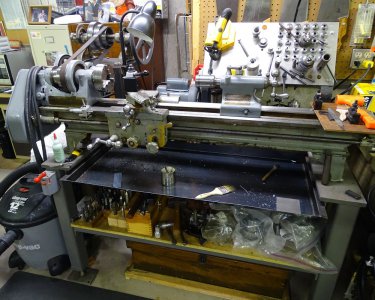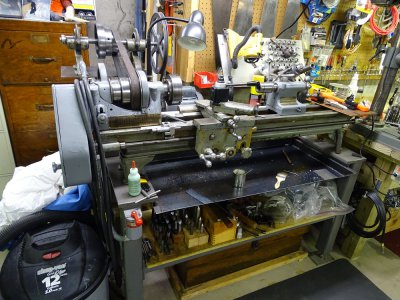thank you for everyone’s input - I spent most of last night following a few threads (I posted in multiple places). A vintage lathe forum - I learned this was indeed a mid 30’s to late 30’s unit determined by the bearing cap style which also meant this is a Babbitt-type bearing and very difficult to deal with once worn. That same unit virtually identical to this one was made thru the 40’s but with modern bearings which is identified by a different cap style. It is the much more desirable machine. I love and fascinated by old machinery and this would be a great project, but unfortunately I need the lathe for a couple of classic car restoration projects to finish first, so I decided against a this project lathe. If it had the more modern bearings style (therefore more serviceable to my skill set), I probably would have pulled the trigger and sat in the corner but just too much to deal with. I have enough projects.
Again l, thanks to everyone who contributed!! PS: I am second guessing the new chinesium one and as suggested here and other forums, I’m going to start looking for an older American machine, just a little more modern.
Again l, thanks to everyone who contributed!! PS: I am second guessing the new chinesium one and as suggested here and other forums, I’m going to start looking for an older American machine, just a little more modern.



